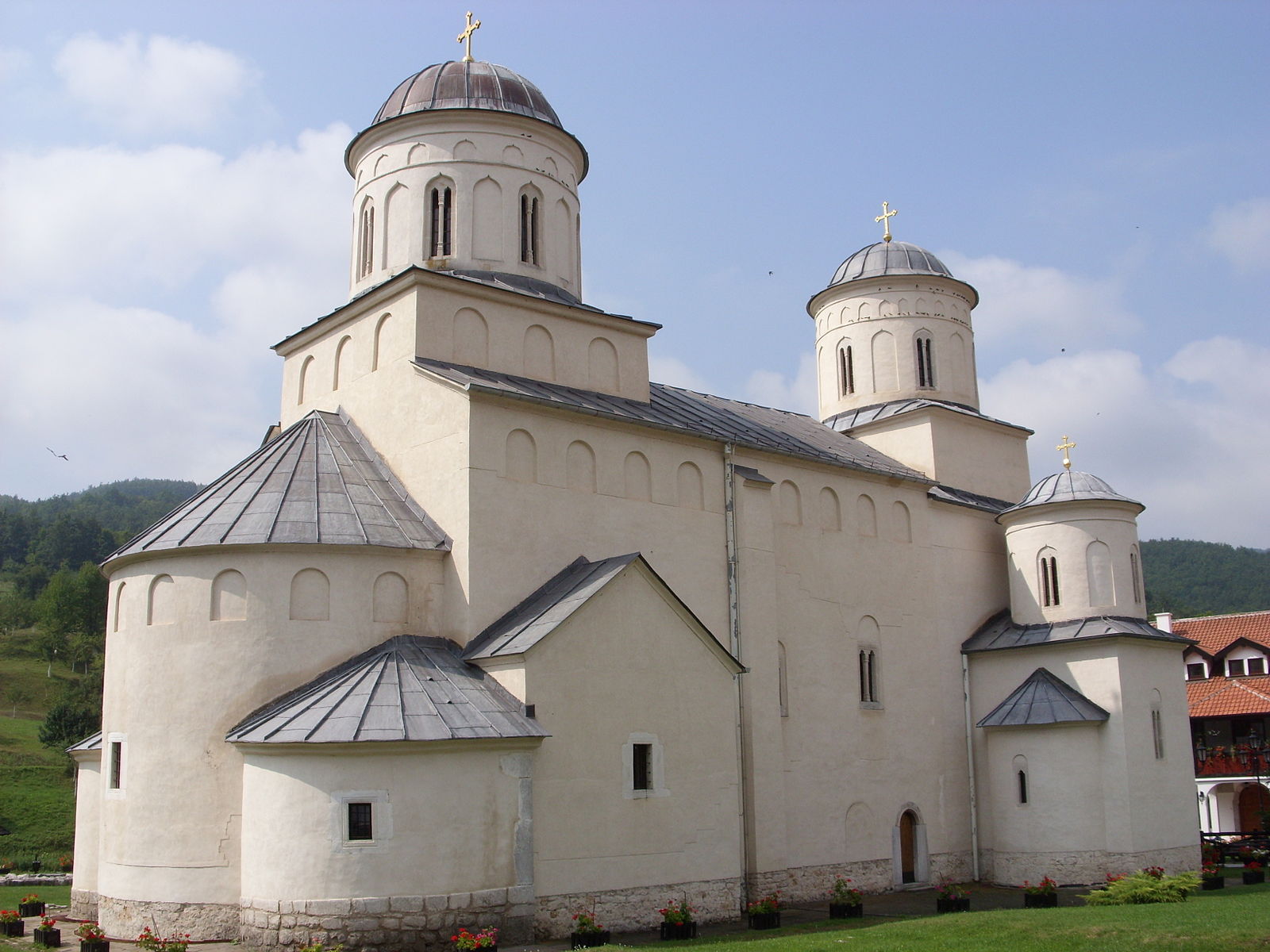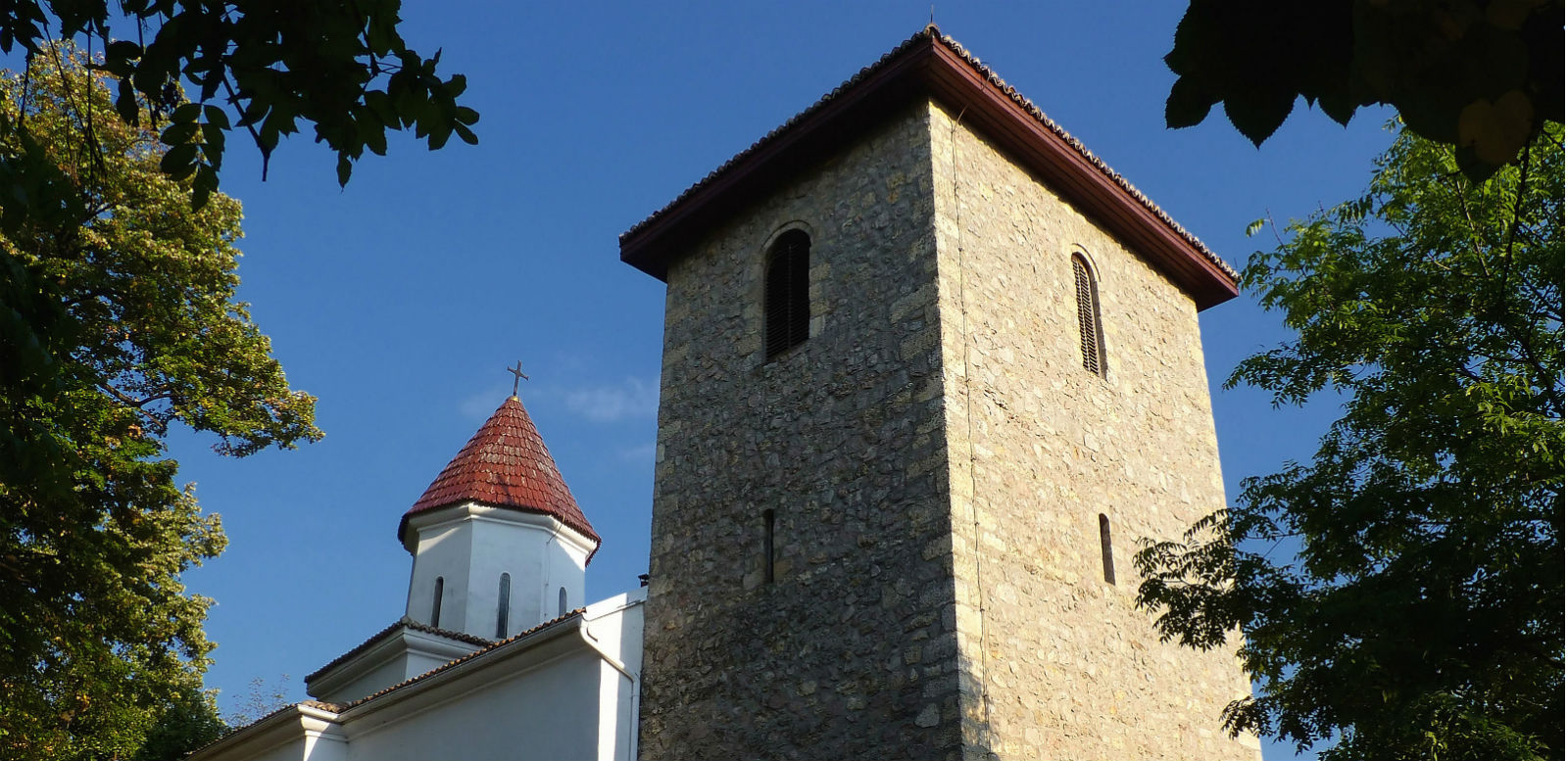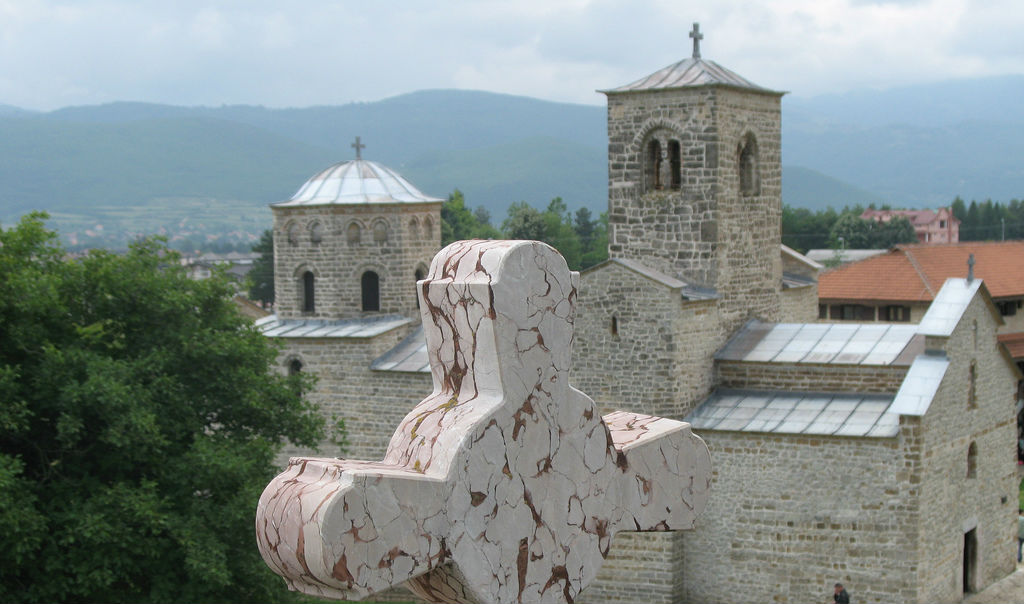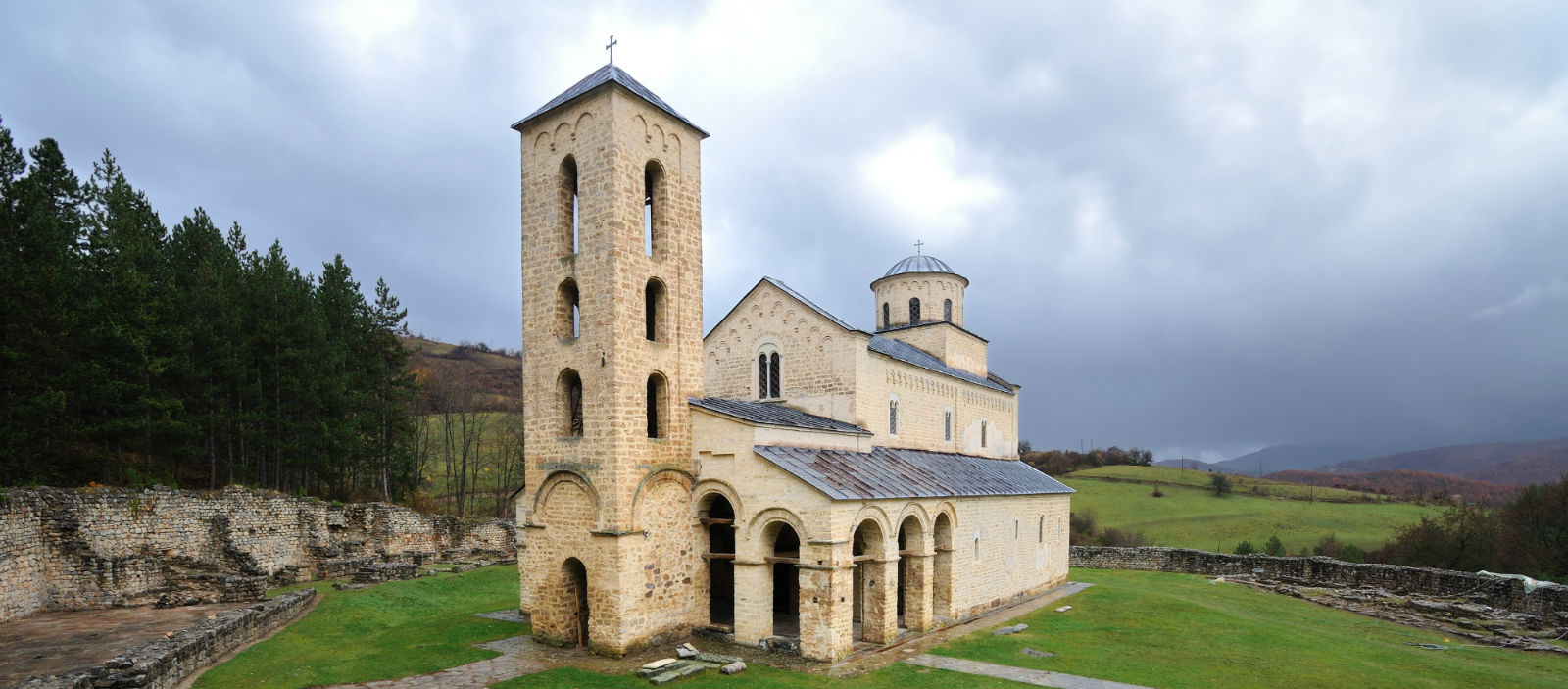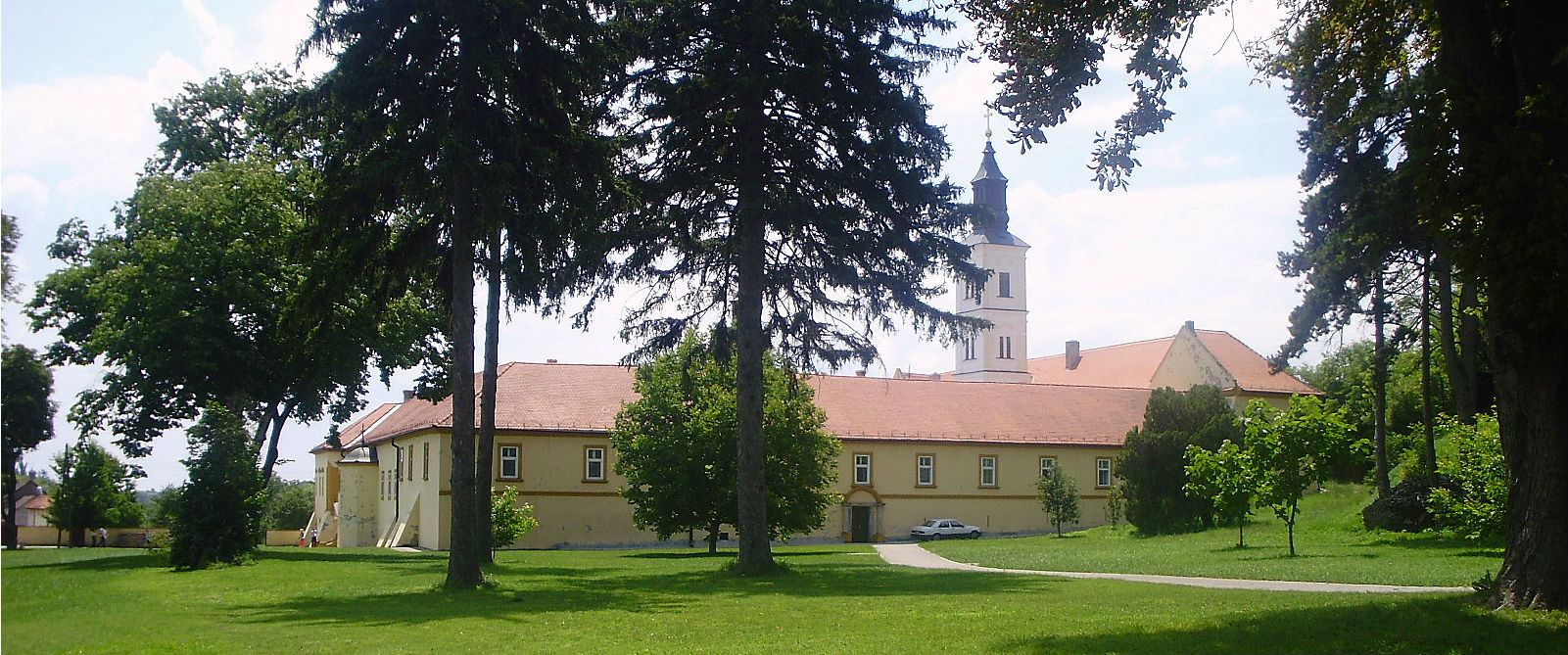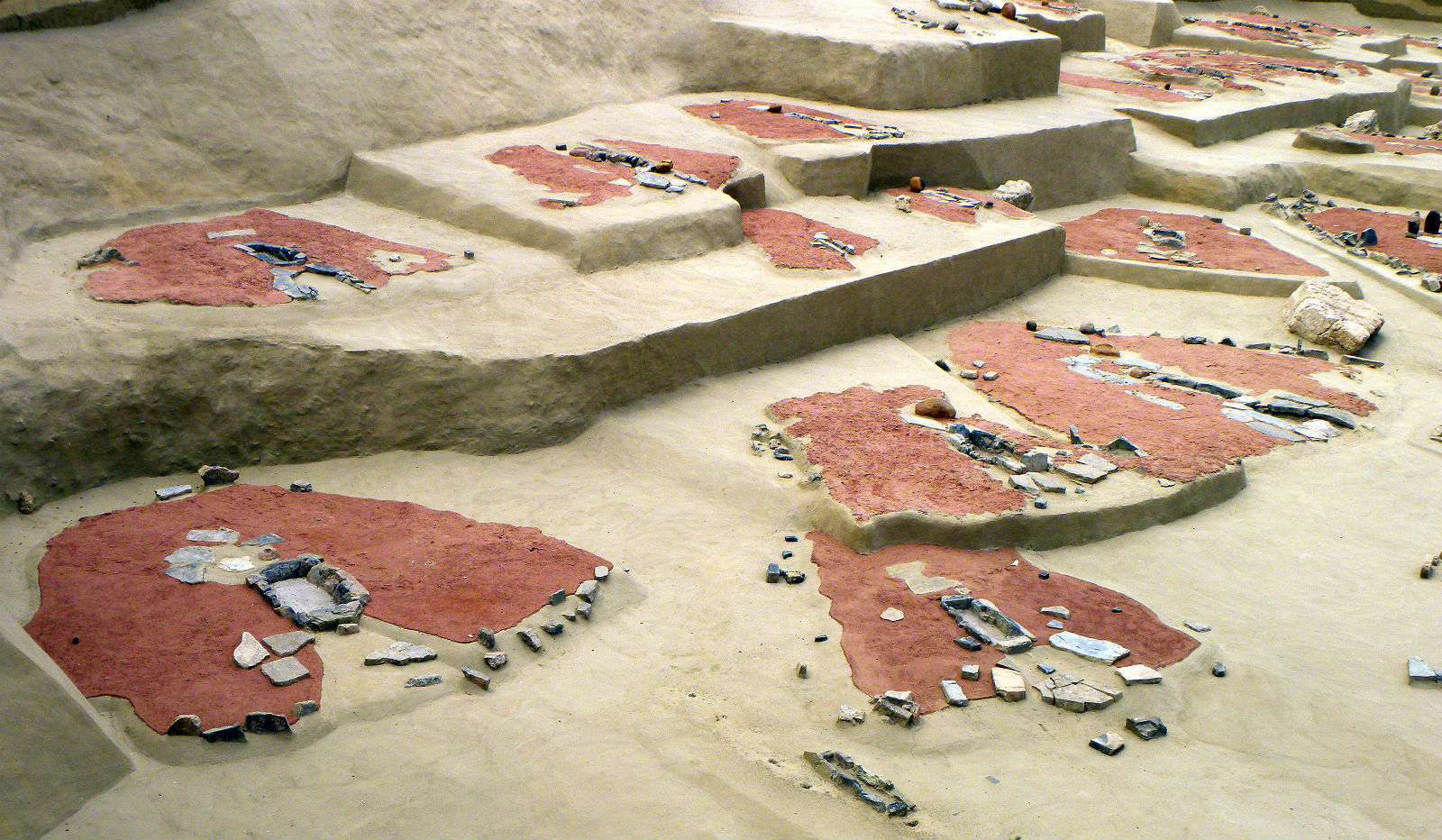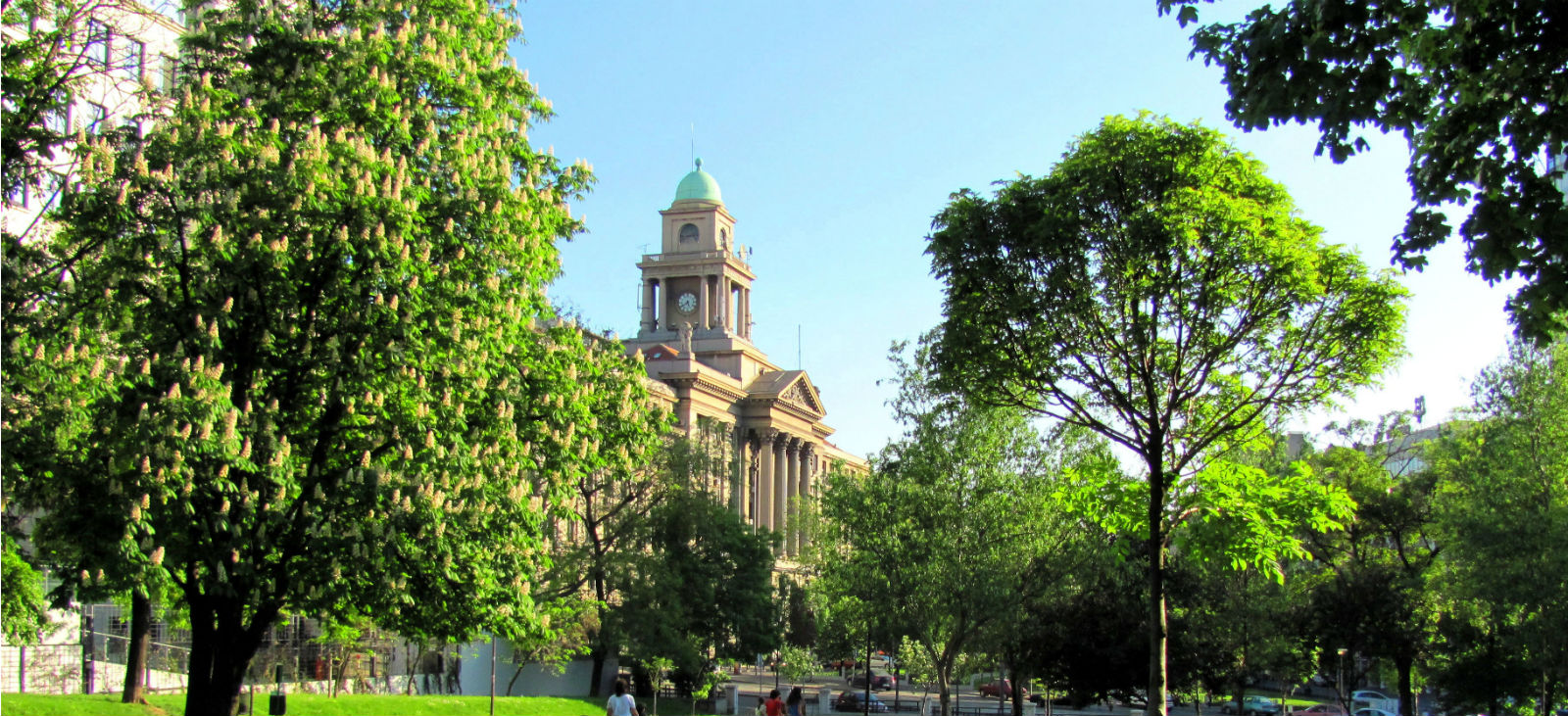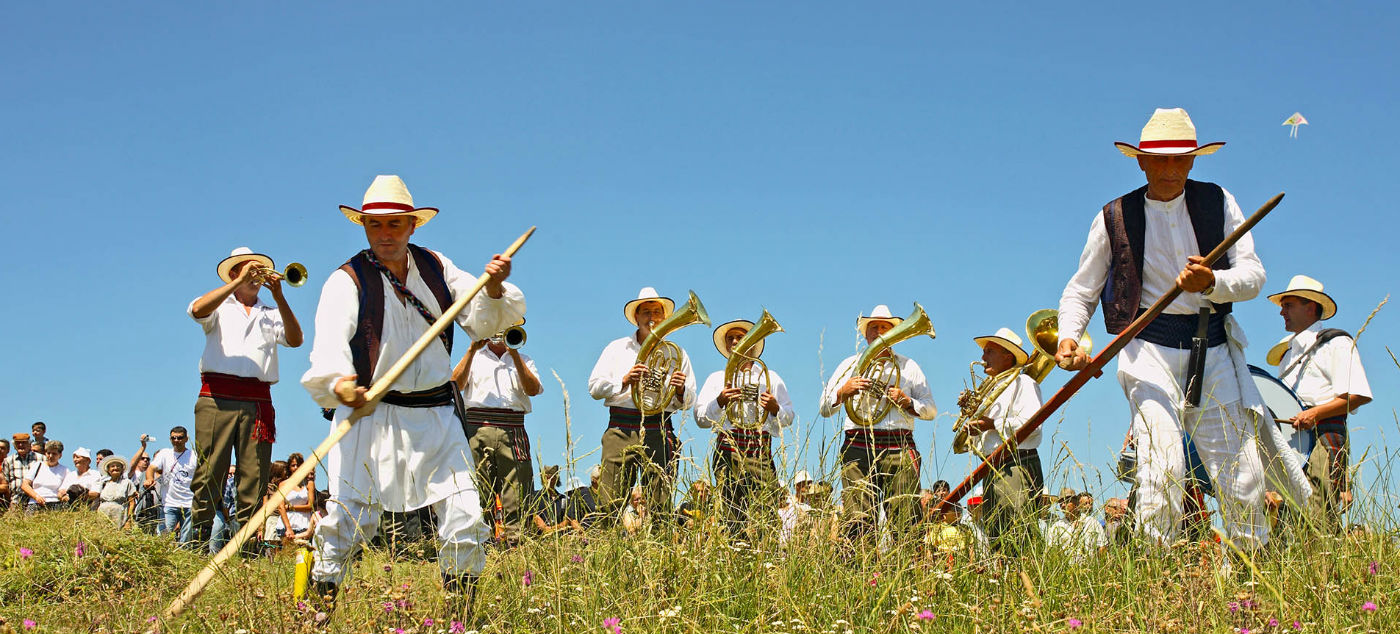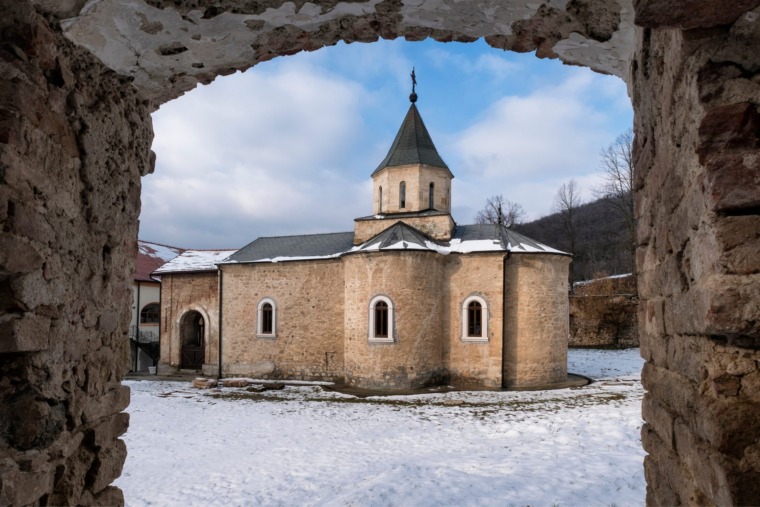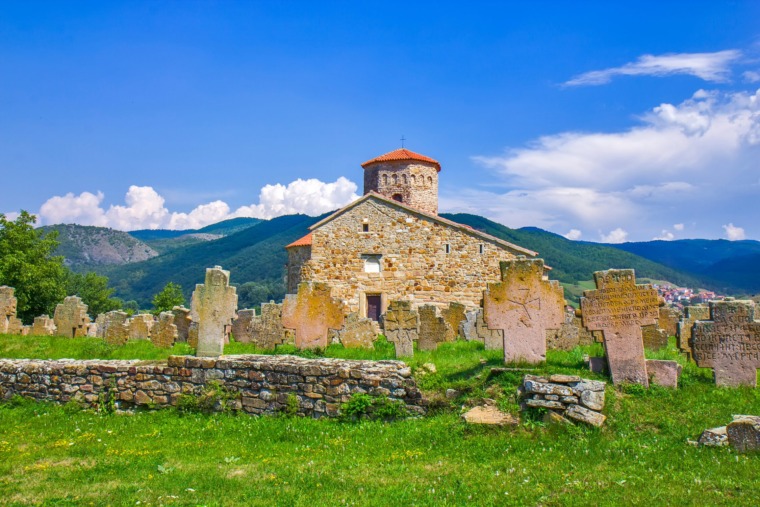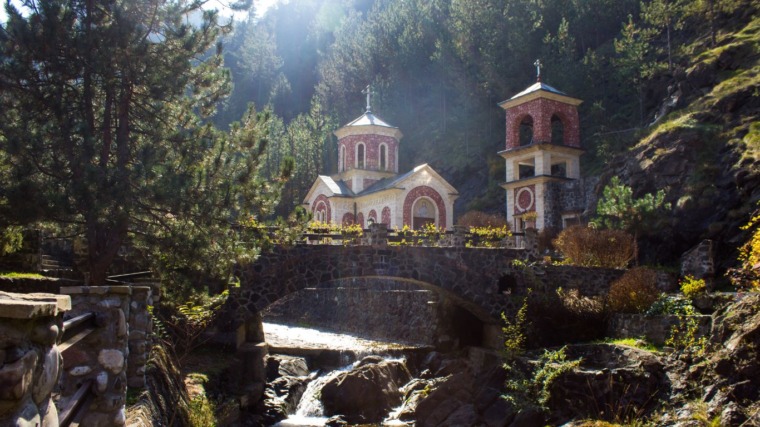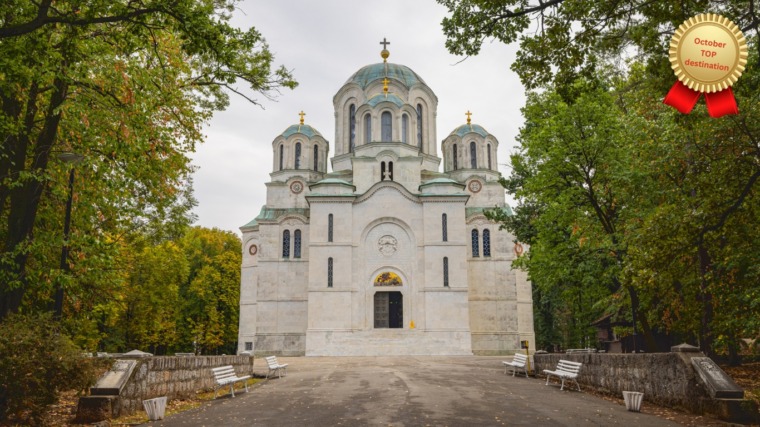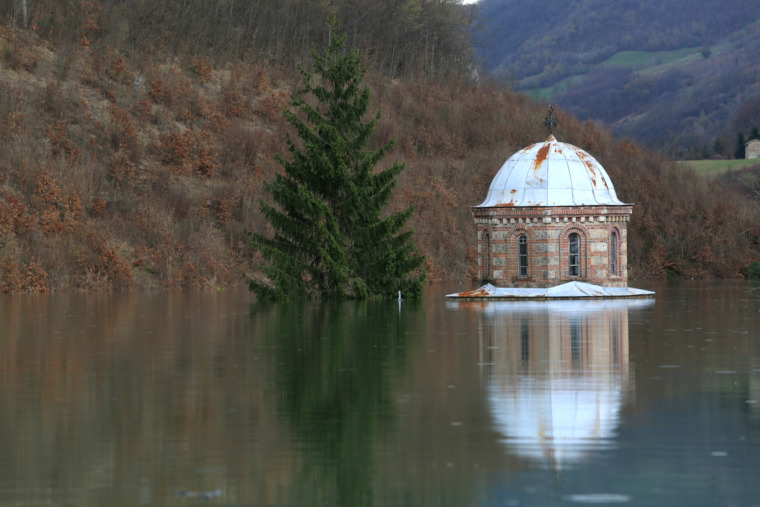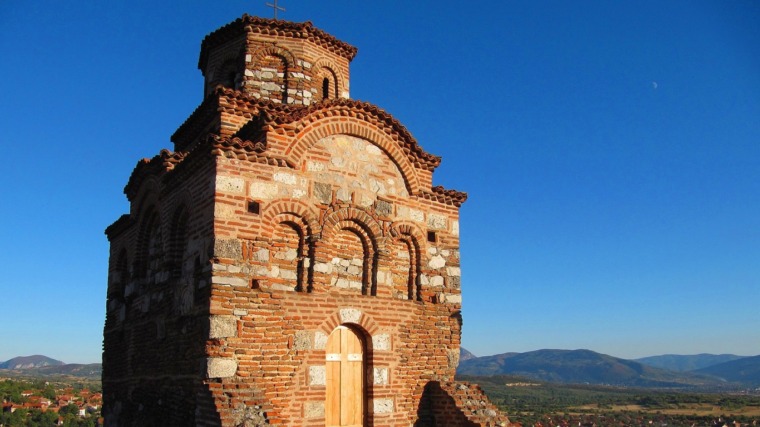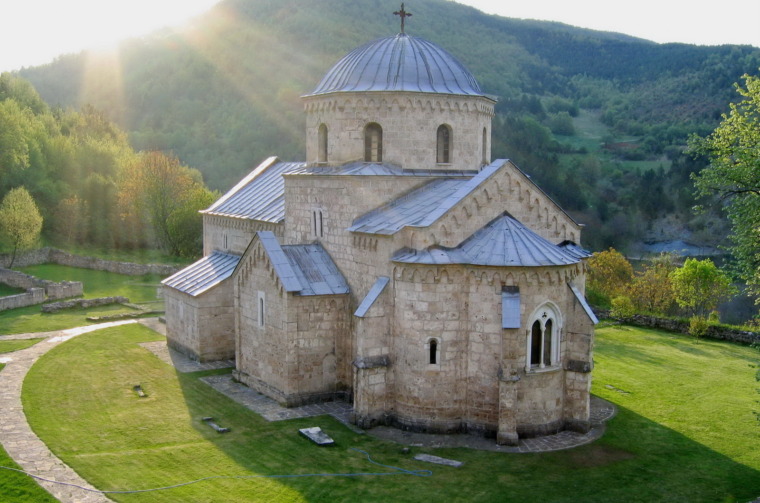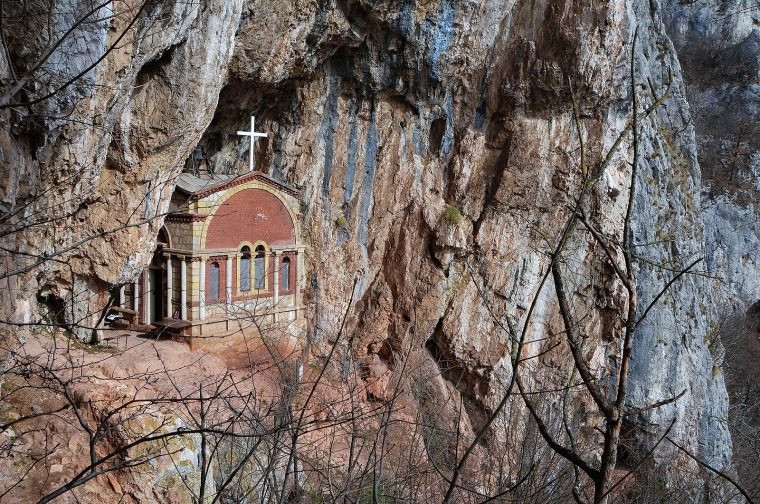Medieval monasteries and churches, witnesses of the rise and fall of Serbian empire and state, are very important part of a culture that Serbia is proud of.
The unique position on the crossroads between the East and the West has put Serbia in the center of a historical stage where different nations encountered, leaving behind authentic traces of spiritual culture. However, Serbia and Serbian orthodox church can be most proud of its monasteries – from Studenica and Sopoćani to the Patriarchate of Peć; from the monasteries on Mt. Fruška Gora to Manasija, Ravanica and Žiča.
Built in the Middle Ages, these monasteries testify of rise and fall of the Serbian Empire and state. They were built by rulers to celebrate the glory of the saints, but also as their eternal resting places.
Rulers of the medieval Nemanjić dynasty have built some of the most beautiful monastery complexes, among which Hilandar is the most important. It was built in the 12th century at Holy Mountain Athos and it is included in the UNESCO World Heritage List.
Serbian monasteries treasure rich and representative fresco paintings. First compositions are characterized by monumental dimensions and simplicity of lines. Frescoes depicted lives of saints and founders of these monasteries.
One of the most famous frescoes is the White Angel fresco, a part of much larger composition from Church of the Ascension of Christ within the complex of the Mileševa monastery.
The White Angel has been included in the UNESCO’s list of protected world heritage. The signal that was transmitted to deep space to meet eventual extraterrestrial life forms contained the fresco White Angel as a symbol of our planet’s culture.



